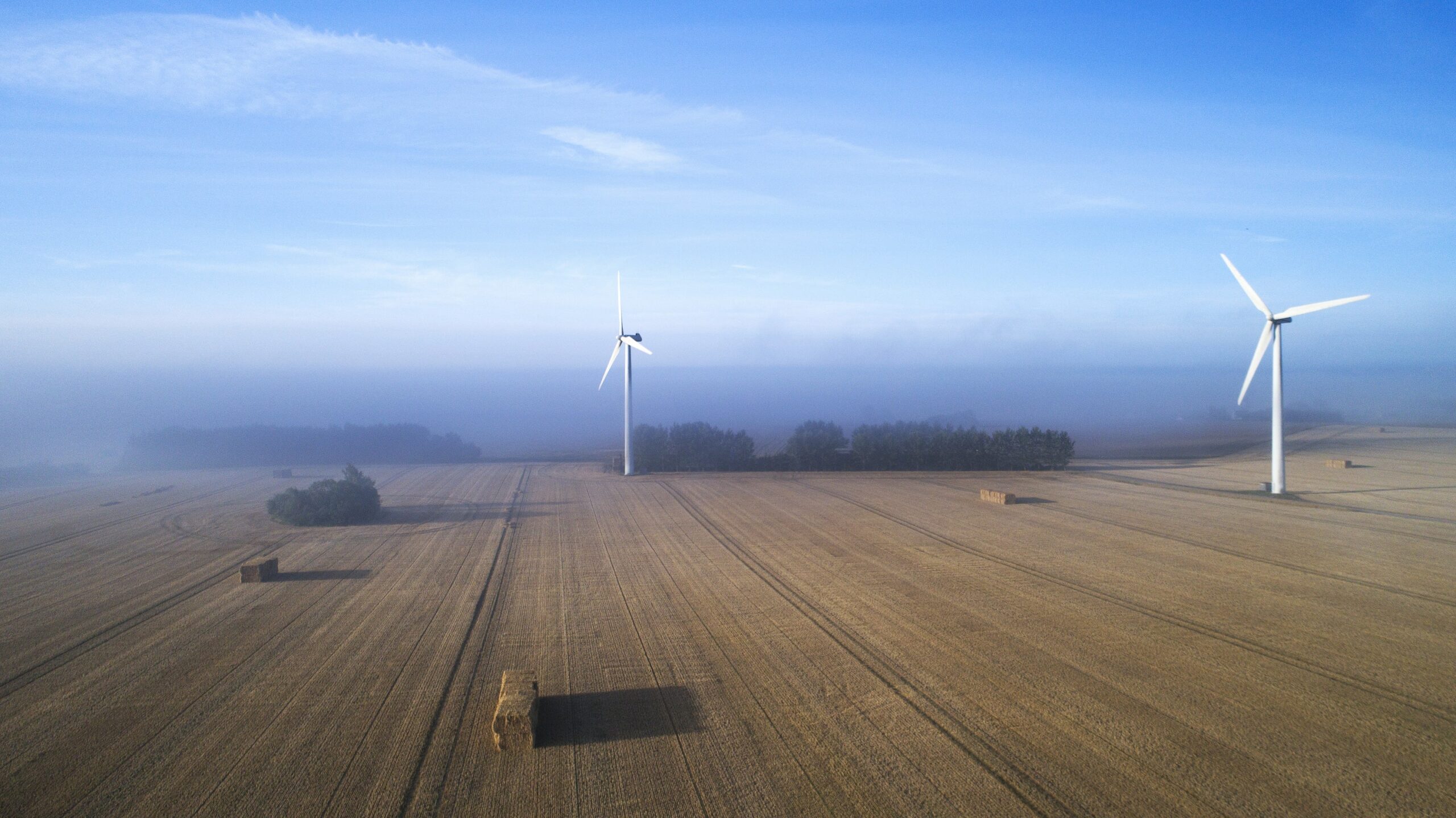News
Smart cities
Urban infrastructure planning
Urban mobility
Copenhageners Obsessed with Bicycles


Denmark doesn't ride bicycles like the rest of the world. In the winter months, snow plows clear the bike lanes before the roadways, and "green waves" allow cyclists to sail through traffic lights where cars stand still.
Many middle-class families with kids in Copenhagen don't even own a car. That cycletopia contains 7,500 miles of cycling routes, and it's one many cities around the world are now trying to replicate.
-Related news: Copenhagen has opened its new bridge, the Circle Bridge
Tokyo and Stockholm are beefing up their bike-lane infrastructure to great success, using protective barriers to insulate cyclists from motorists. In Silicon Valley, Google is conducting behavioral economics research to learn why more of its employees don't take their bikes outside the Google campus.
How did the Danes do it?
In reality, Denmark has always been a bike-friendly country, but popularity really took off when Copenhagen saw its first formal bike lane installed in 1892. In the 15 years that followed, the city saw the number of bikes rise from 2,500 to 80,000, with growth steadily increasing until World War II.
Then came the cars.
By the 1960s, air pollution and traffic-related crashes had hit a high-water mark in Denmark, consequences of the automobile rush in the years after the war. The worldwide energy crisis especially crippled Denmark, which, in 1973, depended on oil for 92 per cent of its energy. Only 2 per cent of energy sources were renewable.
Related news: Denmark Confronts the Future and the Past as it Moves to Renewables
Out of necessity, much of the country saw its conscience go green, and bikes — those trusty friends once cast aside — now seemed like more than just cheap exercise. They offered liberation from a gas-guzzling world.
During much of the 1980s, Denmark saw a bicycle renaissance. People protested the construction of bridges over lakes once encircled by bikes. They demanded the government install bike lanes in the cities, and the near-dead Danish Cyclists Federation gained new life.
Ever since Copenhagen began monitoring its cycling rates in 1995, it has seen a continuous rise in popularity. In 2004, 41per cent of Copenhagen commuted by bike; by 2010, it had reached 50 per cent.
Today, Denmark sets a gold-standard for renewable energy and efficiency, and apparently "40" is the magic number: 40 years after the energy crisis, 40 per cent of the country's energy is renewable, and only 40 per cent of Danes own a car. In the US, meanwhile, 95 per cent do.
The system works in large part because bikes are given priority over cars. During rush hour, the traffic lights are synchronized so that bicyclists can sail through a string of green lights uninterrupted if they maintain a speed of 12 mph — a phenomenon known as a green wave.
-Related news: Copenhagen Most Bike-Friendly City in the World
For a moment the country had stopped riding its bikes, but it never forgot how. Now it stands up as a beacon for other countries that may finally be coming to grip with the fact that cars cost money and natural resources to run, while human energy can always be renewed.















